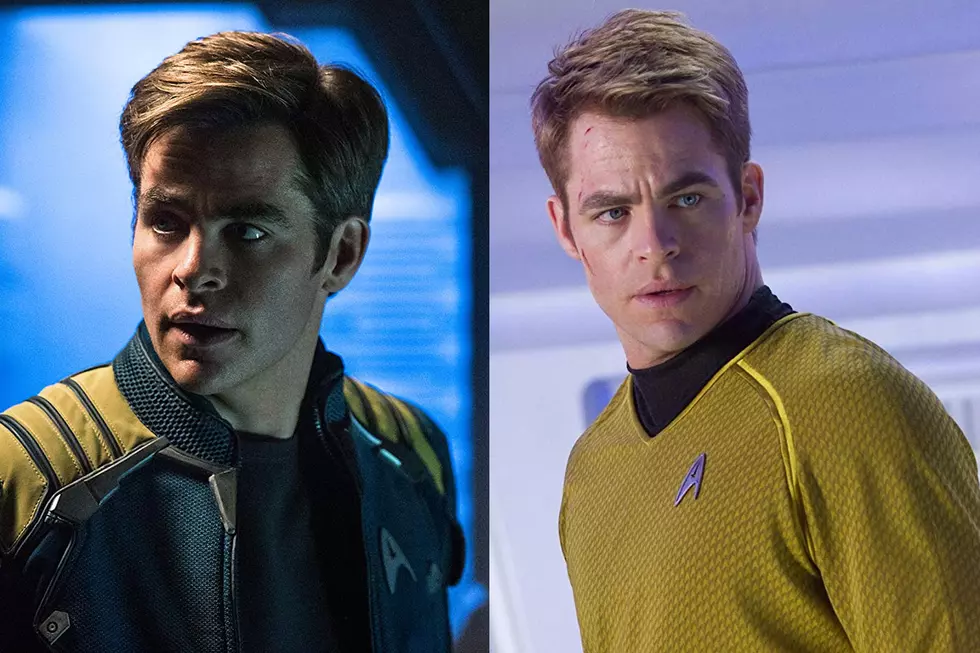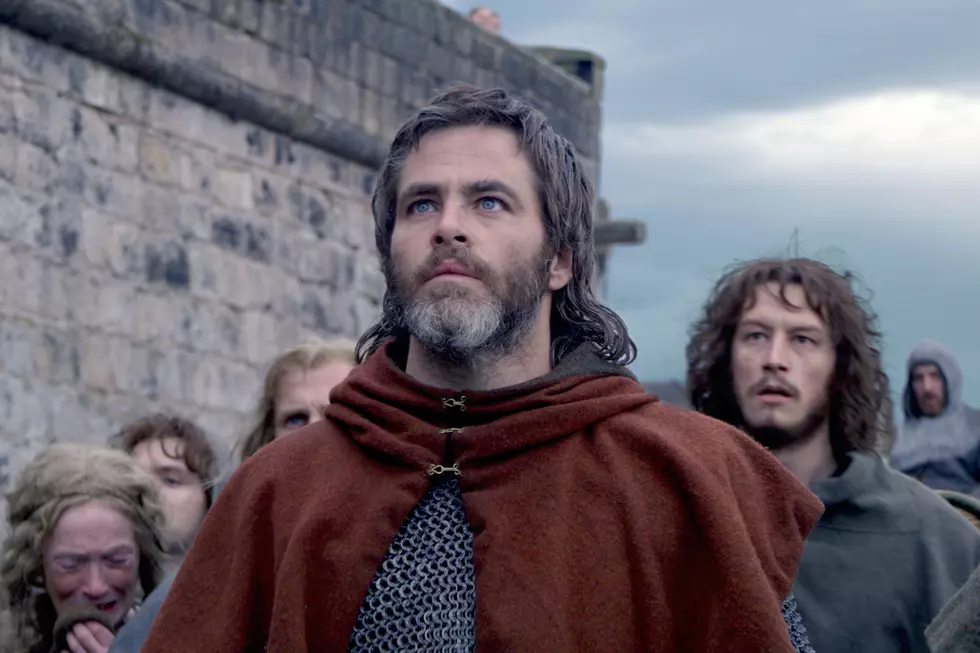
There’s One Foolproof Way to Tell If a Modern Star Trek Movie Will Be Good: Chris Pine’s Hair
There used to be a very easy way to determine whether a Star Trek movie was good. In the 1980s and much of the ’90s it was widely known: The even-number Treks were always good while the odd-numbered ones were extremely hit or miss. Even non-Trek fans knew that rule.
The odd-even rule of Star Trek movies began to break down near the end of the Next Generation cast’s run as the stars of the big-screen series. Star Trek: Insurrection and Star Trek: Nemesis were both cruddy — and then when the series resumed in 2009’s Star Trek, the rule went completely out the window. The odd films featuring the new cast and continuity — the first, directed by J.J. Abrams, and the third, Star Trek Beyond by Justin Lin, were wonderful sci-fi adventures. The second film, Star Trek Into Darkness, also by Abrams, was a mess.
For years, Star Trek fans like myself have tried to find a new way to bring order to this chaos; to know, with absolute certitude, whether a Trek film will be good or bad. Last weekend, after watching several Treks in a row, I finally found one:
It is called The Pine Directive.
It is as simple as this: If Chris Pine’s hair is parted to the right in a Star Trek, the movie will be good. If his hair is parted to the left in a Star Trek, it will be bad.
Here is the evidence. From Star Trek (2009), a good movie, with Pine’s hair as Captain James T. Kirk parted right:
And Star Trek Beyond, also a very good movie, hair still parted to the right:
In contrast, here is Chris Pine’s hair in the not-good Star Trek Into Darkness:
As you can clearly see, his hair is parted to the left. And, as dictated by the Pine Directive, Star Trek Into Darkness was a massive disappointment.
While no one has disputed the pure reliability of the Pine Directive, a few asked what point it serves. Star Trek 4 — which supposedly would have paired Pine with Chris Hemsworth as Captain Kirk’s dad — was pulled from development a while ago. We may never see another Trek movie starring Chris Pine and his extremely powerful predictive tool of a haircut. So why bother even talking about it?
Ah, but Quentin Tarantino has already said if he does make a Star Trek it would be set in the so-called “Kelvin Timeline” with Chris Pine, Zachary Quinto, and the rest of the modern cast. So the Pine Directive is of vital importance at this juncture. Someone needs to make Tarantino aware of it as soon as possible.
Furthermore, the Pine Directive may have uses beyond the Star Trek universe. Imagine if there was a way to predict whether a movie would be good or bad purely by the part in Chris Pine’s hair. The amount of money that could be made off such a system would be literally limitless.
As it turns out the Pine Directive is not entirely applicable across all of his projects. Beyond Star Trek, Pine has made both good and bad movies with his hair parted to the right. The Pine Directive would not lead you astray if you used it on Wonder Woman...
But it would not have been accurate in regards to the dreadful This Means War.
However, the Pine Directive is broadly useful in one respect: As far as I could find, Pine has never made a single really good movie with his hair parted to the left. Case in point: Into the Woods.
As a critic, I am always hesitant to tell directors how to make their art. That is not the critic’s place. My job is to watch what they create and interpret it. However, I feel it would be a dereliction of my duty in this one instance if I did not make this public plea to the worldwide filmmaking community: Hollywood, for the good of us all, do not let Chris Pine part his hair to the left in a movie ever again. The culture may not survive another Into the Woods.
Gallery — The Best Sci-Fi Movie Posters Ever:
More From K945, The Hit Music Channel










